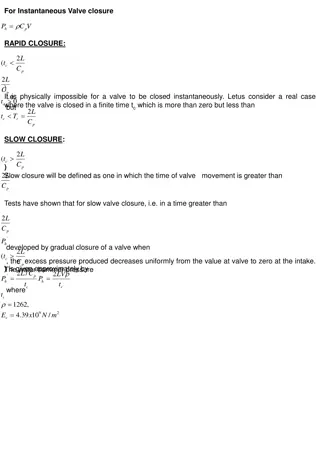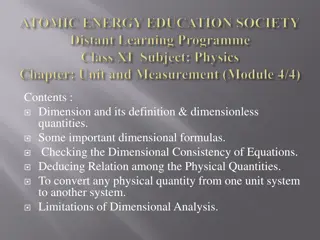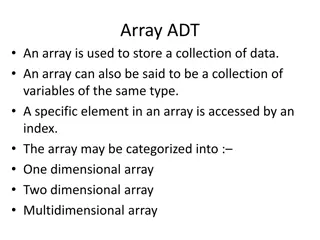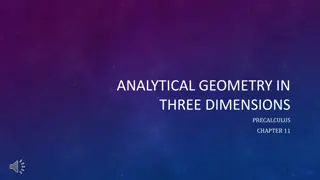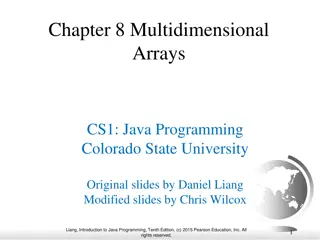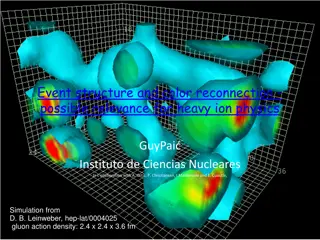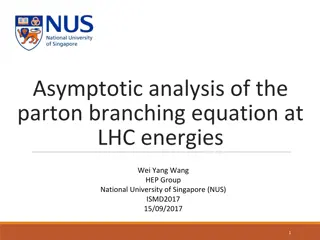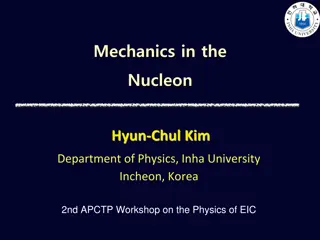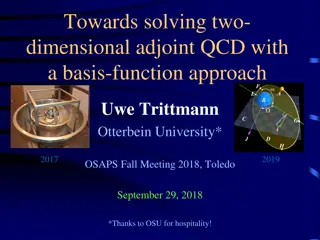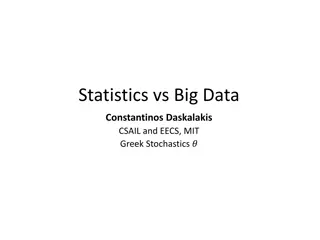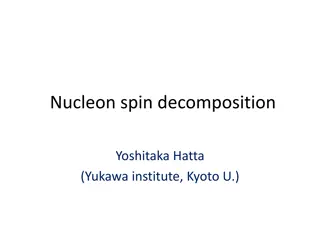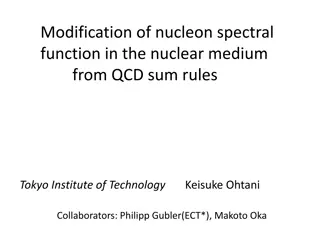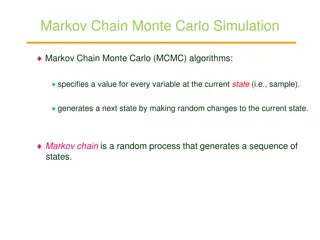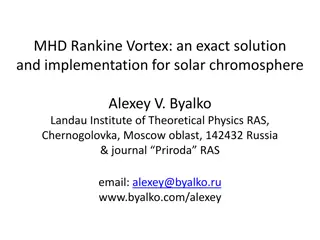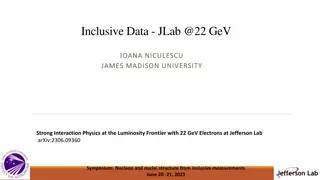Insights into Three-Dimensional Structure of Nucleon and Parton Distributions
Explore the intricate details of the three-dimensional structure of nucleons, TMDs, and parton distribution functions in this informative compilation. Delve into the necessity of various distributions to fully characterize proton structure, recommended textbooks for understanding symmetry properties, and the significance and history of the Sivers function. Uncover the evolution of the Sivers function, from its introduction to experimental observations hinting at sign changes. Gain insights into the Parton model for TMDs and the Gaussian distribution at low pT.
Download Presentation

Please find below an Image/Link to download the presentation.
The content on the website is provided AS IS for your information and personal use only. It may not be sold, licensed, or shared on other websites without obtaining consent from the author.If you encounter any issues during the download, it is possible that the publisher has removed the file from their server.
You are allowed to download the files provided on this website for personal or commercial use, subject to the condition that they are used lawfully. All files are the property of their respective owners.
The content on the website is provided AS IS for your information and personal use only. It may not be sold, licensed, or shared on other websites without obtaining consent from the author.
E N D
Presentation Transcript
Three-dimensional structure of the nucleon Zhongbo Kang UCLA CFNS Summer School 2019 August 1 - 9, 2019
TMDs: rich quantum correlations TMD parton distribution Transversal Helicity Quark Polarization U L T TMD fragmentation function Pion Collins 2
How many distributions are needed In order to fully characterize the proton structure, how many parton distribution functions and fragmentation functions are actually needed? To answer this question, we need to perform some operator analysis 3
Good textbooks Understand C, P , T discrete symmetry properties of the correlation function Most textbooks on quantum field theory will give discussion on this topic, such as Peskin, Sterman: appendix of Sterman s book If you want extensive discussion, see this book 4
One example: Sivers function Sivers function: an asymmetric parton distribution in a transversely polarized nucleon (kt correlated with the spin of the nucleon) Spin-independent Spin-dependent Na ve time-reversal-odd, and its existence requires a phase (generate through interactions) _ = _ SIDIS = DY 5
Sivers function: history 1990: introduced by D. Sivers, to describe the large single spin asymmetry measured in inclusive hadron production in p+p collisions at Fermilab 1993: J. Collins shows Sivers function has to vanish due to time- reversal invariance 2002: Brodsky, Hwang, Schmidt performed an explicit model calculation, showed the existence of the Sivers function 2002: Original proof missed the gauge link (needed to properly define gauge invariant distribution), once added, found Sivers function in SIDIS is opposite to that in Drell-Yan 2016/17: sign change has been observed/hinted 6
Parton model for TMDs At low pT, the distribution is described by a Gaussian form 7


